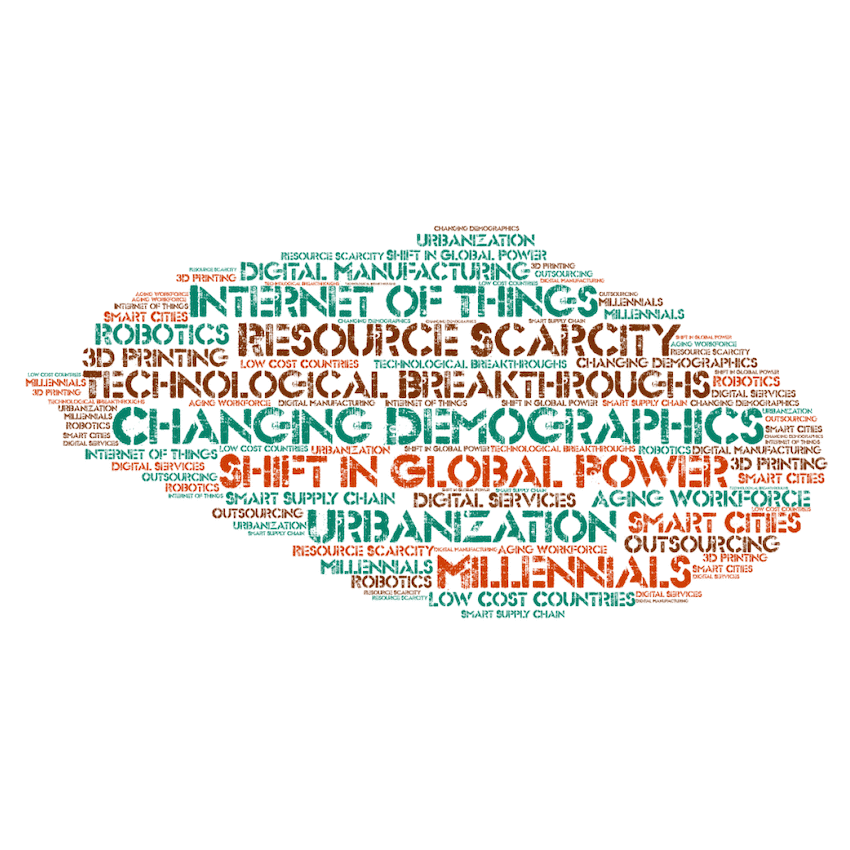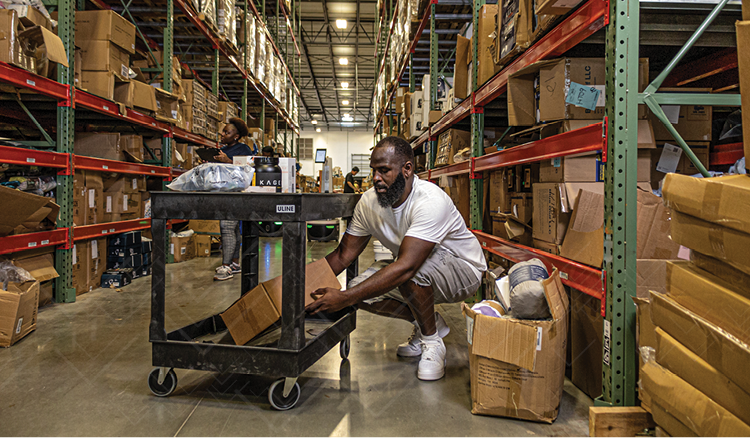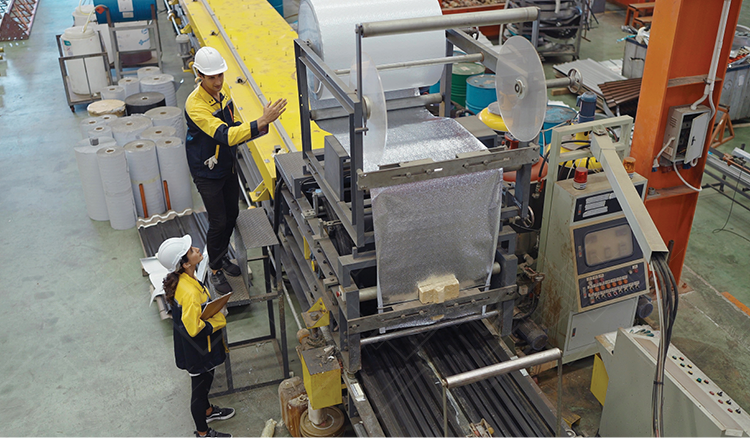Megatrends: Future Impact on Operations
If you poll any CEO today and ask him or her “what keeps you up at night?” chances are you will get a response that relates to at least one of a small number of “global megatrends.” These megatrends represent the large scale transformative developments that are currently reshaping the global economic and commercial landscape.
PwC defines five specific megatrends:
1. Demographic Shifts
2. Shift in Economic Power
3. Accelerating Urbanization
4. Resource Scarcity
5. Technological Breakthroughs
While each of these has a significant impact on all facets of a business, this blog will explore the specific impact on labor for core operations such as manufacturing.
More information on megatrends, in general, or results of the annual PwC CEO Survey, you can visit the following pages: PwC Megatrends, PwC CEO Survey
Demographic Shifts
Countries across the world have very different demographic trajectories. For most of the developed world, birth rates are declining and life expectancies are increasing. Other regions, young and growing, are creating larger labor forces and attracting many blue-collar jobs overseas.
On the surface one would infer that the demographic shifts in the U.S. would present an excess of work opportunities in manufacturing as an aging population leaves the workforce, but this has not been the case. The draw toward lower cost labor abroad and technology-enabled productivity advances have displaced more jobs than have been vacated by demographic changes. In addition, would-be retirees, still reeling from the last recession, have remained in the workforce holding back some mobility for the next generation of manufacturing workers.
The real challenge for manufacturers will arrive in the next 5-10 years as the final wave of Baby Boomers exits the workforce and leaves a substantial hole in the labor market. Companies need to be planning ahead on how to attract a new wave of workers to manufacturing, specifically the Millennials. Like every subsequent generation, this group (to generalize) has a unique set of priorities and needs – many of which value freedom, flexibility, and individuality.
Shift in Economic Power
Realignment of global economic activity is currently transitioning growth regions from centers of labor and production to consumption oriented economies. Globalization gives rise to new competition from new geographies and sources and different competitor profiles are emerging rapidly. In addition, competing versions of capitalism, nationalistic sentiment, and planned economies create an uneven and unpredictable global playing field.
The impact here lies around maintaining a robust manufacturing strategy and supply chain resiliency in light of a tremendous amount of geopolitical uncertainty. Establishing distributed operational footprints has never been more important and accessible, but potential risks continue to mount as well. As a result, operational footprints must be assessed and restructured these days in shorter time increments to avoid exposure to changing economics, political policies, purchasing power, and demographics. Higher frequency restructuring demands lower cost to scale, thus more flexibility around labor supply management.
Accelerating Urbanization
The United Nations Department of Economic and Social Affairs estimates that over 50% of the world’s population will be living in cities by 2030, up from 30% in 1950. While much of the urban population growth is expected to take place in developing countries in Asia and Africa, developed nations will also experience the phenomenon as they progress more toward primarily services oriented economies.
The effects of accelerating urbanization are already being felt by a large percentage of manufacturers through their efforts to recruit talent. Many manufacturing facilities in high cost countries reside outside of urban centers, either on the periphery or within smaller communities. In fact, many smaller communities owe their conception to the one business that set up shop and attracted jobs to the area. Many modern day “company towns” still exist.
Over the next decade, manufacturers will be forced to adapt to accelerating urbanization. Either they will need to restructure their footprints to better align to higher concentrations of potential labor or find innovative ways to attract, pool, and/or share labor within a wider geographical bound.
Resource Scarcity
The growing global population and demands for energy will continue to increase the importance of securing resources domestically and internationally via strategic relationships. These concerns will likely introduce more conflict and political tension, as well as an increased level of regulation.
While much of this concern applies to security of supply on the raw materials side, the impact extends to manufacturing labor in terms of the market’s response to new challenges, e.g., the creation of new industries and disruptions of existing industries. These changes accelerated by the introduction of new disruptive technologies. The micro economic power shifts will need to be fueled by a responsive blue-collar workforce: one that can be mobilized quickly and scaled in finite increments with minimal upfront capital.
Technological Breakthroughs
The combination of the internet of things, mobile devices, data analytics, cloud computing, and automation is about to rapidly transform the manufacturing sector. We will discuss the impending technology disruption in more detail in a future blog, but digital manufacturing solutions are already entering the market that will have a profound impact on manufacturing labor. Joe Kaiser, CEO of Siemens, commented on the future of the manufacturing workforce saying that “remaining human resources will need different skills than workers used to have… people will still be in the factory, but they will be doing different work than they used to.”
What is on the horizon is massive redistribution of operational intelligence. What used to be acquired through training and shop floor experience and hosted in the minds of operators is being harnessed and managed in operational intelligence platforms. These platforms have the ability to control equipment, send real-time alerts, manage shop floor priorities, deliver real-time work instructions, etc.
As Mr. Kaiser alludes, manufacturers must anticipate how this will transform the tasks and responsibilities of the individual. At the same time, workers will be forced to acknowledge the shift and embrace a new paradigm that is combatable with the changing environment.
At Veryable, we believe this introduces a transformative opportunity, not a threat, for the labor force. That is, leveraging the operational intelligence embedded in companies to create a more fluid market of work opportunities: one that requires fewer training hurdles, provides workers with real-time operator enablement tools, and allows workers the flexibility to maintain multiple simultaneous work relationships and opt in at their discretion. We call this the on-demand economy for manufacturing.
Previous Posts
How Policy Constraints, Not Just Production Bottlenecks, Threaten Your Bottom Line
The Future of Manufacturing and Logistics
Create a free business profile today to explore our platform.






